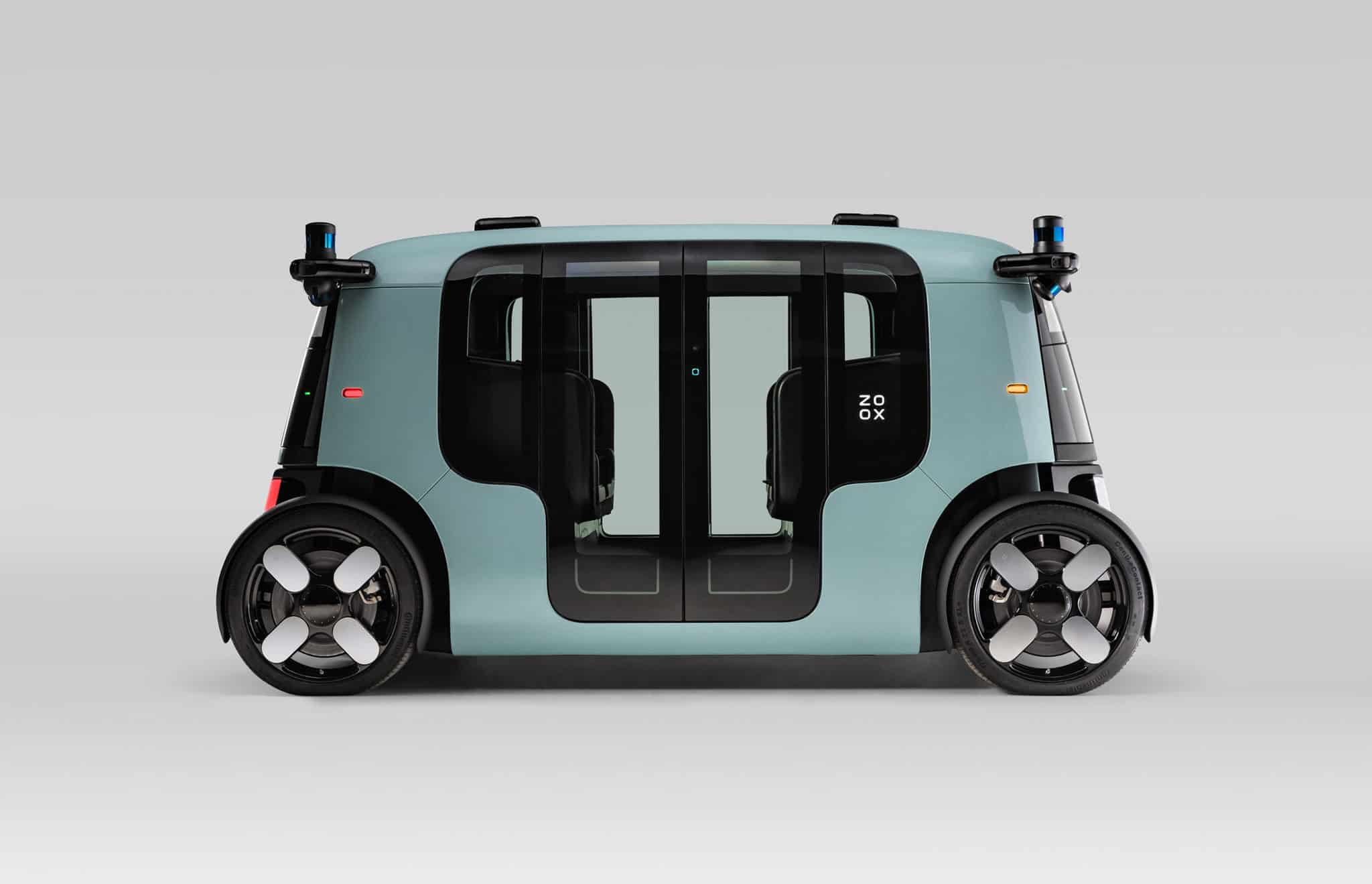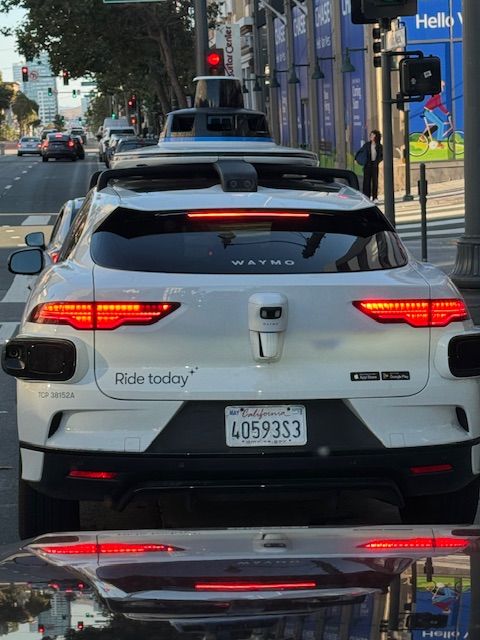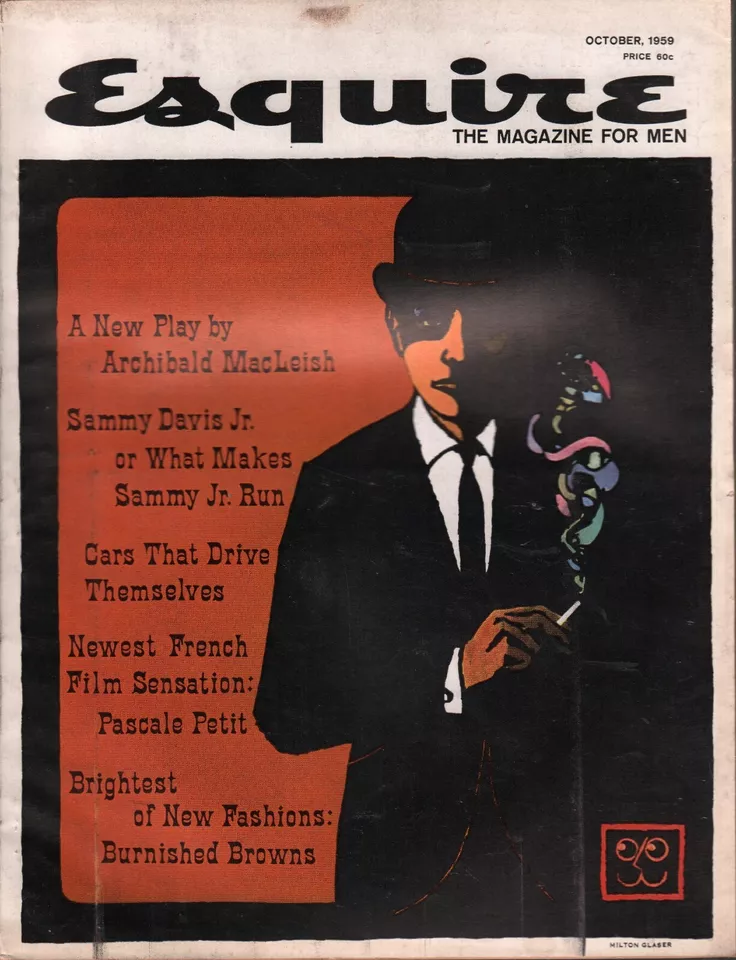Saw my first driverless taxi in use
-
so is the claim the mile per mile, driverless gets into less accidents than human driver? if so, its just our irrational fears which cause unease? or are they still an experimental take your chances with elon musk and new technology?
-
Still need more data. Driverless tech hasn’t driven nearly as many miles or in nearly in as many terrains and conditions as human drivers. Not enough data to meaningfully compare which one is safer mile-for-mile.
The driverless taxi shown in @jon-nyc’s pictures is a Waymo, an Alphabet/Google thing quite separate from Elon Musk.
-
@bachophile To me the big future benefit of driverless cars is much faster driving.
Imagine a lane or two on a highway dedicated just to driverless. They could go much faster and closer together than human drivers. You can even imagine a self-driving feature in a ‘normal’ car that can be turned on for such a purpose.
-
@bachophile To me the big future benefit of driverless cars is much faster driving.
Imagine a lane or two on a highway dedicated just to driverless. They could go much faster and closer together than human drivers. You can even imagine a self-driving feature in a ‘normal’ car that can be turned on for such a purpose.
@jon-nyc said in Saw my first driverless taxi in use:
To me the big future benefit of driverless cars is much faster driving.
I agree. I remember reading somewhere that traffic jams are often not because too many cars, but that the cars that are there are all going different speeds, which causes one car to brake, then another.
I think that @George-K posted a overhead video of such a thing happening on a highway.
-
Interesting article.
https://fortune.com/2024/09/11/zoox-car-studio-amazon-waymo-autonomous-vehicle-robotaxi/
While Waymo has charged for rides in its modified Jaguars in San Francisco and now a few other cities for more than two years, Zoox is less well known. That’s partly because of the company’s decision to keep its vehicles secret for the first six years while its designers tinkered with them. Its cars are also far less frequently on the road for training runs. Currently, the vehicles, which have been compared to cute “toasters” for their boxy shape—are limited to a one-mile route between two Zoox offices in Foster City, Calif., and within a five-mile radius of the company’s Las Vegas office, driving at up to 45 miles per hour. Zoox wouldn’t specify exactly how many vehicles it has, nor how many are on the road, though a U.S. National Highway Traffic Safety Administration safety probe suggests it has at least 500 conventional cars retrofitted with its LiDAR technology that helps them navigate autonomously.
and
In practical terms, Zoox is making a big gamble with its steering wheel-free vehicles. The benefit of a steering wheel is that operations staff can easily come to the rescue of an autonomous vehicle that is stuck on city streets and drive it away. In an on-stage interview at Fortune’s Brainstorm Tech conference in July, Zoox CEO Aicha Evans explained that, if a Zoox vehicle gets stuck, it will need to be towed if remote assistance fails to do the job. “That’s the worst case scenario,” she said, adding that “those are very rare” instances and that Zoox can, remotely, “give commands to the vehicle to pull over or to take itself to a certain destination.”

-
@George-K Yup, that is why I don't have a big opinion against driverless cars.
There are so many idiot human drivers out there, but driverless overall will probably be an improvement.
-
 T taiwan_girl referenced this topic on
T taiwan_girl referenced this topic on

